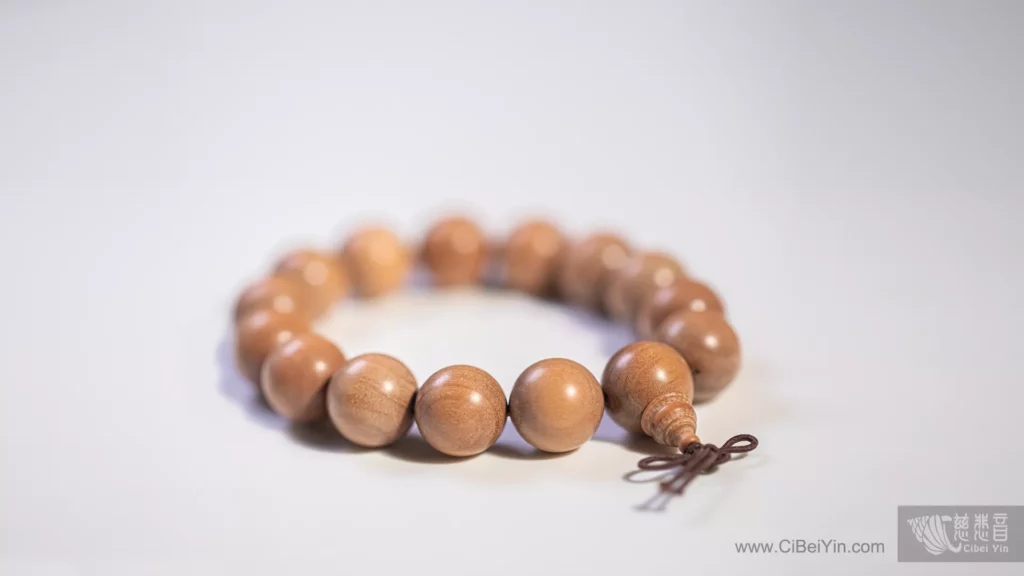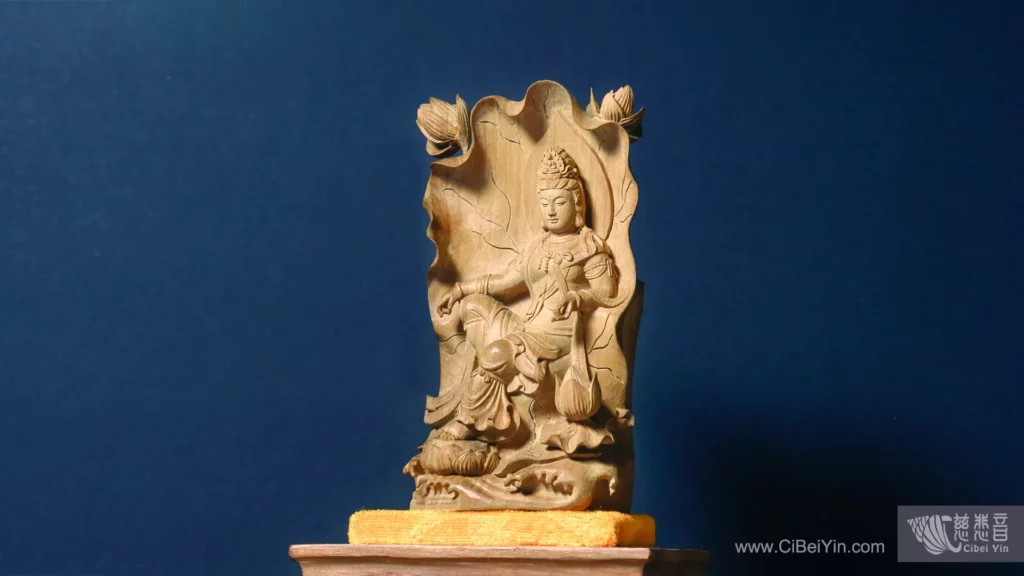Sandalwood, also known as white sandalwood, is native to India, Indonesia, Australia, and Africa. It is also produced in China, Fiji, Taiwan, and other places. Because of its exquisite texture and intense lingering fragrance, sandalwood has been used by royal families as a source for high-end furniture and carved products since the Ming dynasty.
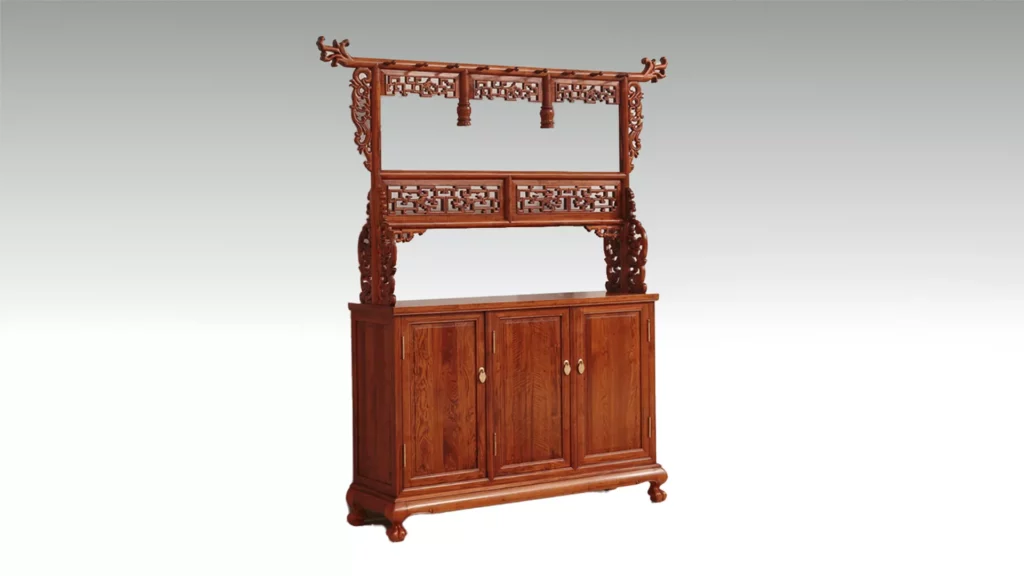
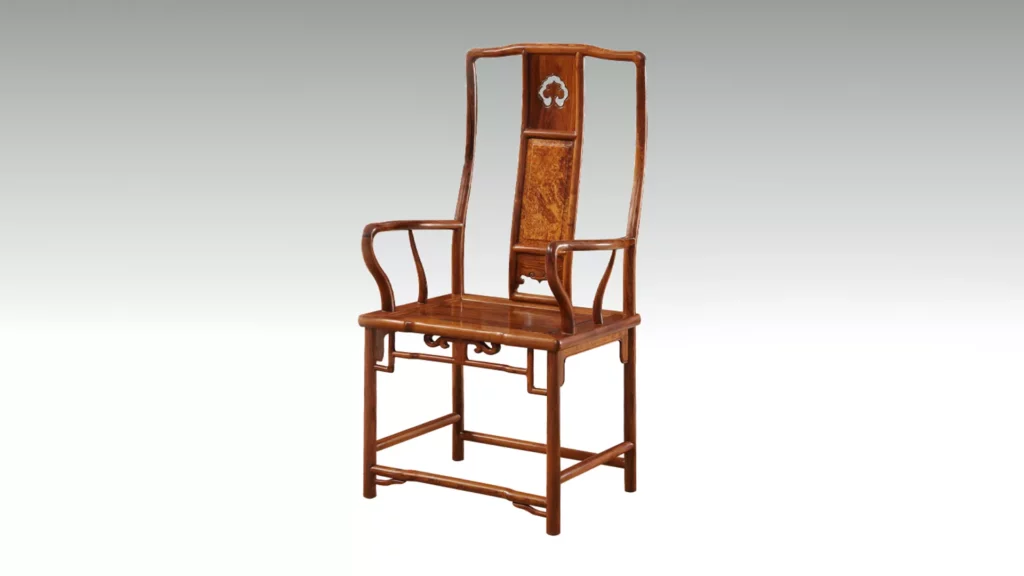
Rare and Slow Growing
Sandalwood trees take decades to reach maturity, and their survival is always precarious. In the seedling stage, the sandalwood tree must rely on the “suction cup” on its root to attach to the root of legumes and absorb sufficient nutrition for growth. Sandalwood trees cannot survive if there are no legumes nearby; they will also die if legumes nearby grow too high and too abundant. Other factors such as diseases and pests can wreak havoc on sandalwood trees. Thus, only a select few natural sandalwood trees can reach their full growth potential.


Intense Fragrance
In addition to the roots, the fragrance of sandalwood mainly comes from its center. However, the center of sandalwood begins to secrete resin which produces fragrance only after it has grown for eight to 10 years. After the odorless bark and useless white sapwood are removed, the remaining center accounts for only about a half of the whole, making sandalwood output limited.
Natural sandalwood’s fragrance is better than that of human-cultivated trees. The older the tree, the more oil in its center and the more intense the fragrance. Most newly cut sandalwood smells too strong and pungent so must be put aside for a while. Good sandalwood often needs to be stored for decades or even hundreds of years to make its fragrance more complex and enjoyable. Such sandalwood is the best of all types.
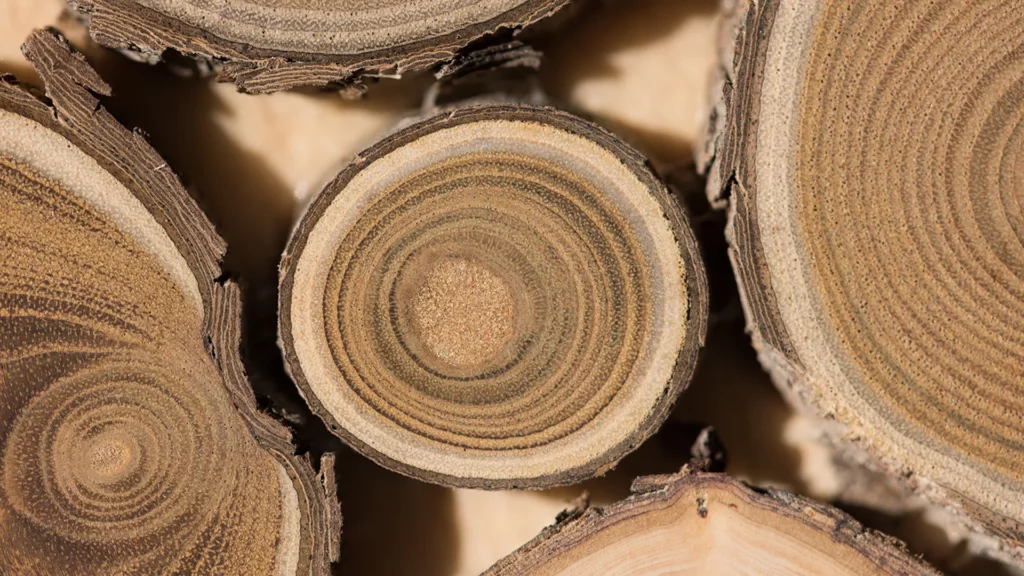
Medicine for What Ails, Incense for Wellbeing
The center of sandalwood has been considered a precious medicinal herb since ancient times. According to Essentials of the Materia Medica, sandalwood’s fragrance can regulate qi and soothe the stomach, dispel cold and relieve pain. The fragrance is also very effective in alleviating diarrhea, qi depression and blood stasis in the chest, and angina. Sandalwood as a medicinal herb has good effects on bronchitis, sore throat, dry cough, and ailments of the urinary system.
Sandalwood can be chopped into powder or cut into thin slices to be used as incense. Its fragrance has the effects of refreshing, calming and soothing mind and spirit, as well as promoting sleep. It can also clean the air. Sandalwood essential oil can lighten scars, reduce fine lines, remove spots and acne, reduce inflammation, and soothe swelling; it’s excellent for skincare and beauty.
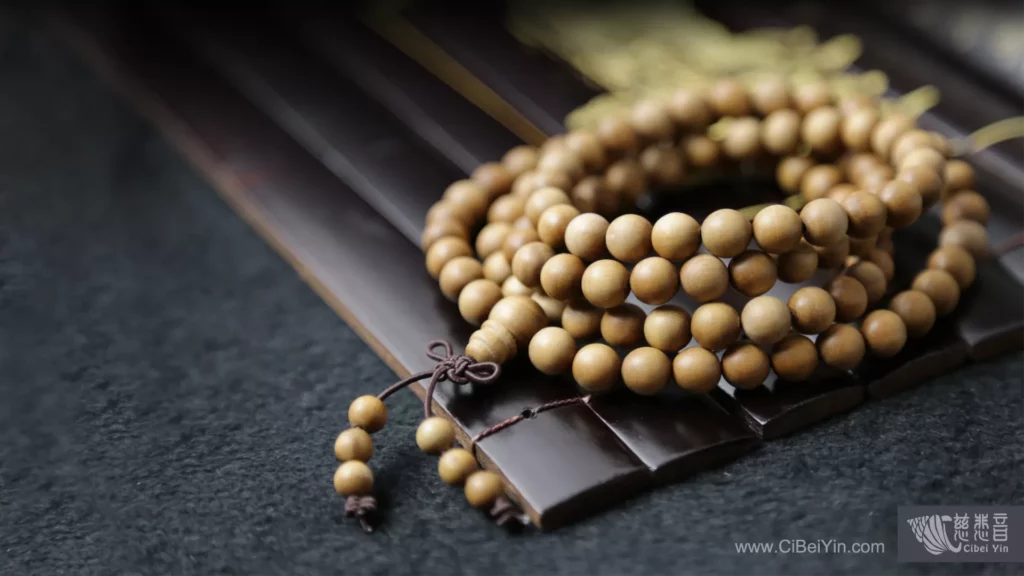
Auspicious Wood for Self-Cultivation
The fragrance of sandalwood communicates the positive energy flowing between sky and earth. It is a symbol of solemnity, purity and auspiciousness. In Buddhism, sandalwood is regarded as a sacred product and is also known as “Zhan (the first tone) sandalwood” in Chinese, which represents “joy with others.” The term “sandalwood forest” is often used to describe a Buddhist temple.
Both practitioners and scholars like to wear sandalwood accessories such as bracelets, rosary beads and other sacred pieces. These sandalwood products can dispel evil spirits and offer protection, enhance positive energy, calm the heart, improve concentration, and eliminate distractions.
